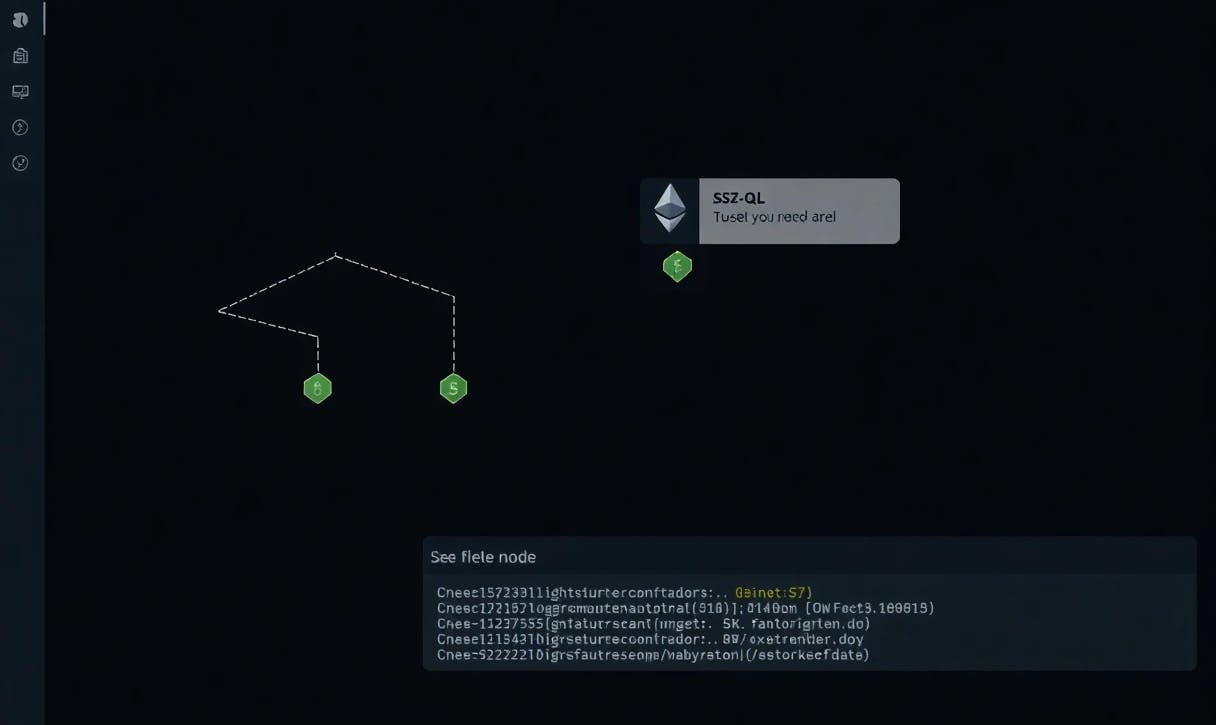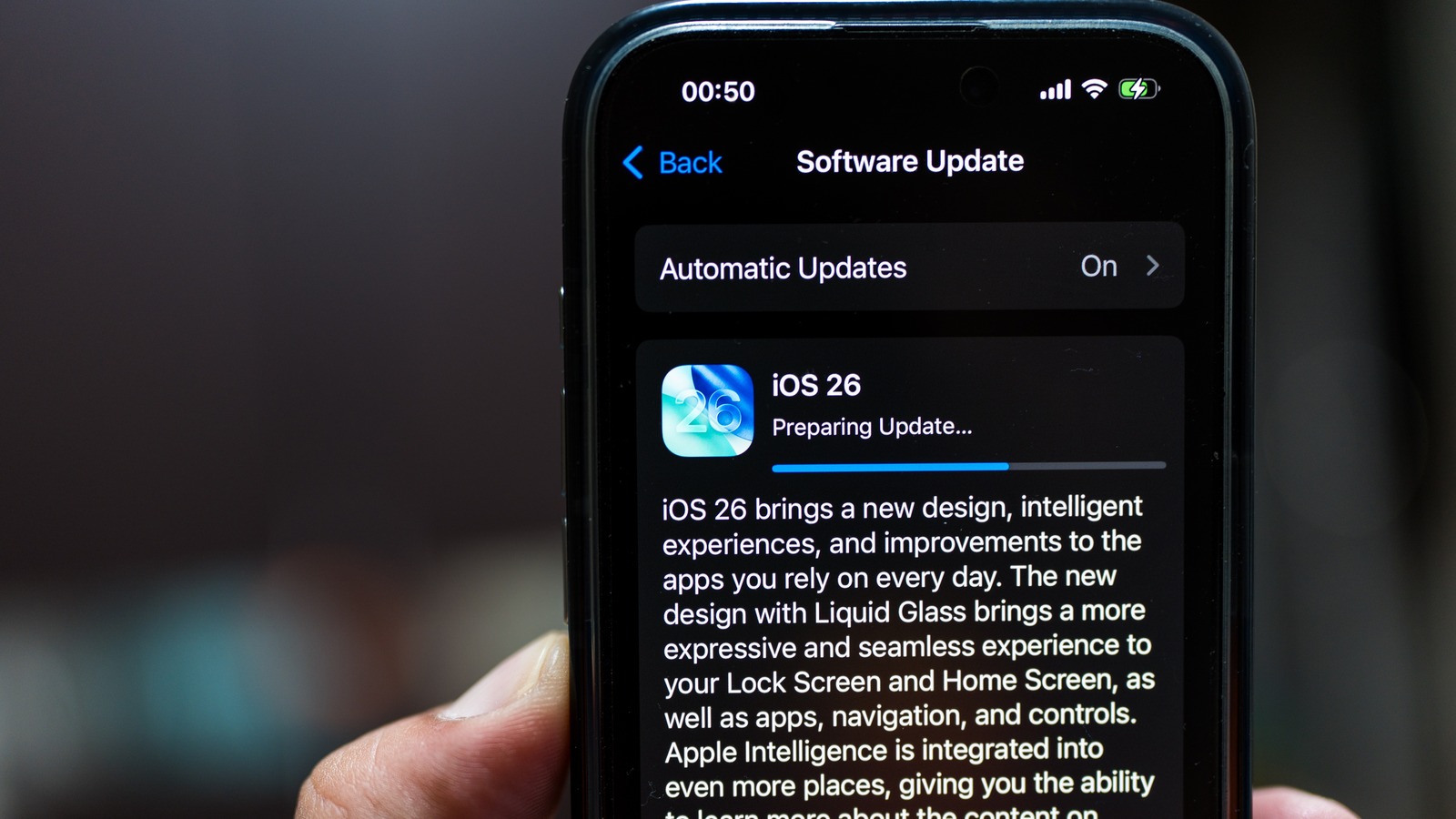Robert Triggs / Android Authority
Life doesn’t leave me with much time for gaming these days, but I’ve been spending what little free time I have taking a trip down memory lane to revisit a few childhood classics. I have a small collection of old Game Boy, SNES, and N64 titles collecting dust in the attic, and I’ve turned to emulation to enjoy them while keeping the aging cartridges out of the reach of curious toddlers.
Unfortunately, emulation and a shortage of time don’t really go hand in hand. I can never remember which device I played a game on last, meaning I might have one save on my phone and another on my laptop. I’ve lost count of the number of times I’ve not even had the correct ROM saved on my tablet. And then there are nights I’d prefer to play on the TV. It can be challenging to maintain enough consistency to really get into some of my old favorites.
Now, it is technically possible to synchronize some emulator saves over the cloud or point some emulator suites to shared network drives. However, this can be a pain to configure, is prone to issues, and still isn’t an ideal, platform-agnostic approach to playing my old games anywhere, whenever I have some spare time.
Thankfully, my colleague Nick pointed me to RetroAssembly — a browser-based emulation platform with the extra advantage of being free and self-hostable. As such, I can play the same games, complete with shared saves, on all my devices with a web browser.
With RetroAssembly, I can play all my games on any device with a web browser.
This sounds like the perfect setup for my home NAS. Spinning it up was as simple as creating a new folder for my games and linking it to the pre-made Docker Compose file. It took about 20 seconds, so I won’t repeat the setup process here. In fact, you don’t even have to host your own setup; you can sign up at the RetroAssembly site and have your home hosted over there.
Once set up and logged in, it’s as simple as uploading your existing game collection for any of the 25 supported platforms by simply dragging and dropping them into the web page. My collection isn’t vast, but RetroAssembly automatically snagged box art, developer and publisher info, screenshots, and more for each game. The library feels like a personal archive, which is a nice touch if you enjoy savoring nostalgia.

Robert Triggs / Android Authority
But the real perk of RetroAssembly, which I hadn’t appreciated immediately, is that you don’t have to set up any emulators; they’re already bundled in with RetroAssembly and can be played via virtually any web browser thanks to Nostalgist.js. This means the same game runs on my phone, tablet, and laptop without any installation or setup duplication. All you have to do is add your games and start playing with the click of the play button. If you need more control, there are options to configure specific emulator settings, shaders, and controller inputs.
Speaking of, touchscreen support is as iffy as any emulator out there — it’s very easy to misplace a finger or thumb while playing. But RetroAssembly’s controller support seems pretty brilliant. I connected my ASUS ROG Kunai 3 Gamepad to my phone via Bluetooth, entered the settings menu, and RetroAssembly identified the controller and automatically mapped the correct buttons. It really couldn’t be easier, especially compared to the manual mapping headaches I’ve experienced with other emulator apps.
As brilliant as RetroAssembly is at making it simple to pick up and play, it won’t be the perfect solution for everyone. It currently supports only a single player, which is obviously not ideal for an evening spent on the couch with company.
Likewise, although early-generation Atari, Nintendo, and Sega consoles are very well covered, early 3D platforms like the PlayStation or N64 aren’t currently supported. This could be a performance limitation, given that it’s all running in your browser; however, with BIOS support implemented in V3, there’s hope for more platforms in the future. So watch this space.
RetroAssembly turns managing a game library from a chore to a pleasure.
Since investigating RetroAssembly, a few other projects have caught my eye. RetroArch Web Player and webretro seem like fantastic ideas that support more platforms. However, they are not quite as simple to set up, which isn’t great for a Dad with limited spare time. RomM also looks superb for a self-hosted option, but it’s still working on the device sync feature I really need, so I’ll probably check that one out in the near future.
RetroAssembly fits the bill for now. It is simple to set up, effortless to use, and works on all my devices. Finally, I can spend less time tinkering and more time playing.
Thank you for being part of our community. Read our Comment Policy before posting.








